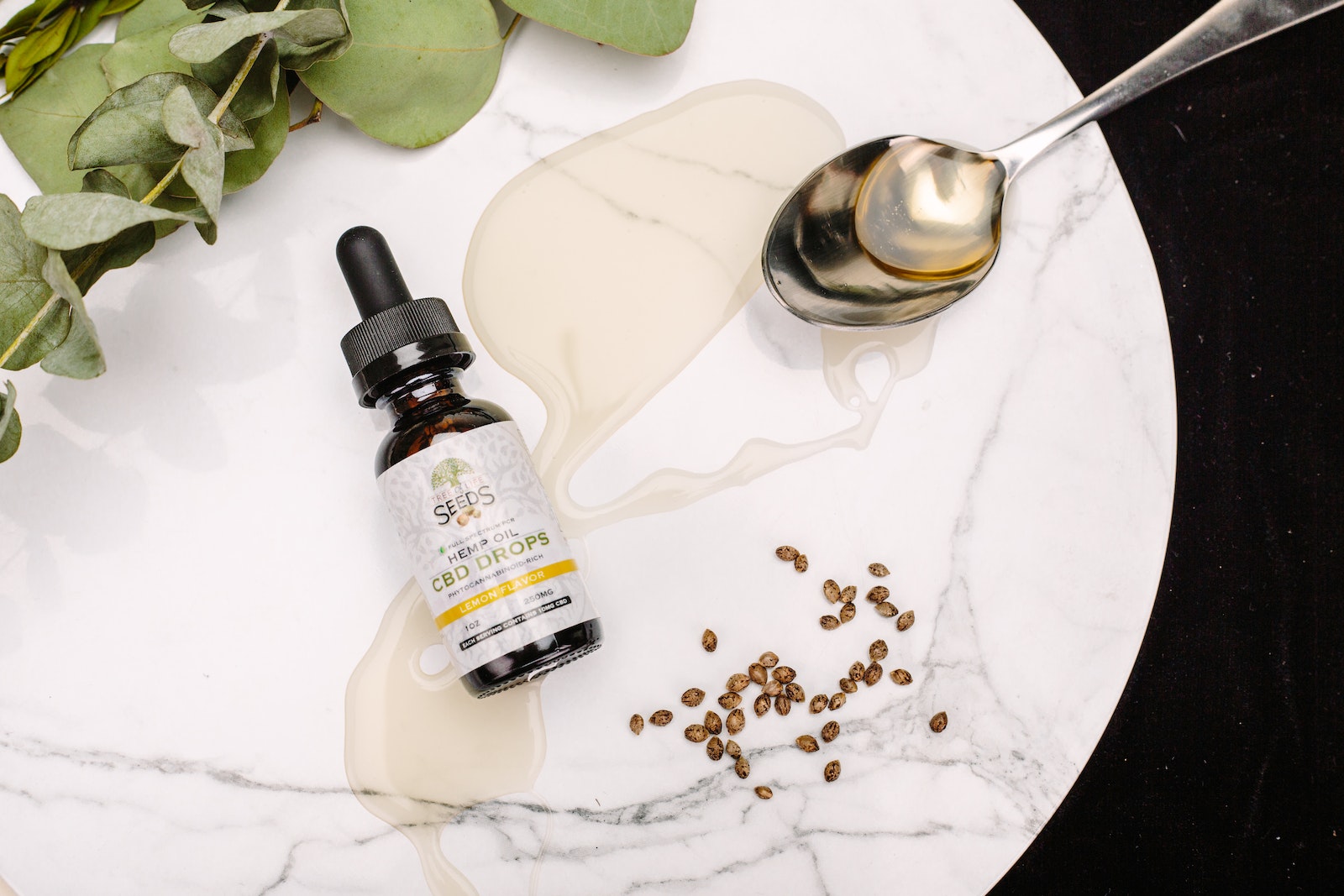How to Extract Cannabis Oil: A Comprehensive Guide
In recent years, the interest in cannabis oil has skyrocketed, thanks to its potential health benefits. Whether you’re a medical cannabis patient seeking relief or a DIY enthusiast exploring the world of cannabis extractions, this guide is your comprehensive resource on how to extract cannabis oil. We’ll walk you through the process, highlighting safety measures, expert tips, and personal experiences to help you harness the full potential of this versatile substance.

How to Extract Cannabis Oil
Cannabis oil extraction involves various methods, each with its own advantages and disadvantages. Below, we’ll explore some of the most popular methods for extracting cannabis oil.
1. Solvent-Based Extraction
Solvent-based extraction methods, such as ethanol or butane extraction, are widely used in the industry due to their efficiency. This method involves dissolving the cannabinoids and terpenes in a solvent, which is then evaporated, leaving behind the concentrated oil.
2. CO2 Extraction
CO2 extraction is a precise and clean method that uses pressurized carbon dioxide to extract cannabinoids and terpenes. It’s favored for its ability to produce a high-quality, pure oil suitable for medical applications.
3. Olive Oil Extraction
For those seeking a safer, at-home method, olive oil extraction is an excellent choice. It involves heating cannabis and olive oil to extract cannabinoids. This method is safe and accessible for beginners.
4. Rosin Pressing
Rosin pressing uses heat and pressure to extract oil from cannabis flowers or hash. It’s a solventless method known for preserving terpenes and producing flavorful oil.
5. Isopropyl Alcohol Extraction
Isopropyl alcohol extraction is a simple and efficient method, but it requires careful handling due to its flammable nature. It involves soaking cannabis in alcohol to extract cannabinoids.
Tips for a Successful Extraction
Successful cannabis oil extraction requires precision and attention to detail. Here are some expert tips to ensure your extraction process is safe and effective:
- Quality Matters: Start with high-quality cannabis flowers or trim for the best results.
- Safety First: When working with solvents, ensure proper ventilation and safety equipment.
- Temperature Control: Maintain consistent temperatures throughout the extraction process.
- Purity Is Key: Use high-proof alcohol for solvent-based extraction to minimize impurities.
- Testing and Quality Control: Consider sending your oil for lab testing to determine cannabinoid content and purity.
FAQs
Q: Can I use any type of cannabis for extraction?
A: While you can use various cannabis strains, some may yield better results in terms of flavor and potency. Experiment to find your preferred strain.

Q: Is it legal to extract cannabis oil at home?
A: Laws regarding home extraction vary by location. Always check your local regulations before attempting any extraction.
Q: How do I store cannabis oil?
A: Store your cannabis oil in a cool, dark place away from direct sunlight and heat to preserve its quality.
Q: Can I use extracted cannabis oil for cooking?
A: Yes, you can incorporate cannabis oil into recipes, but be cautious with dosing to avoid overconsumption.
Q: Are there any potential health benefits of cannabis oil?
A: Some users report relief from various medical conditions, including chronic pain, anxiety, and seizures. Consult with a healthcare professional for personalized advice.
Q: How can I make cannabis oil less potent?
A: To reduce potency, dilute the oil with a carrier oil like coconut oil or olive oil.
Conclusion
Extracting cannabis oil can be a rewarding endeavor, offering a variety of potential benefits. Remember that safety, quality, and adherence to local laws are paramount throughout the process. Whether you’re seeking relief or simply exploring the world of cannabis extractions, this guide has equipped you with the knowledge and expertise to get started.

